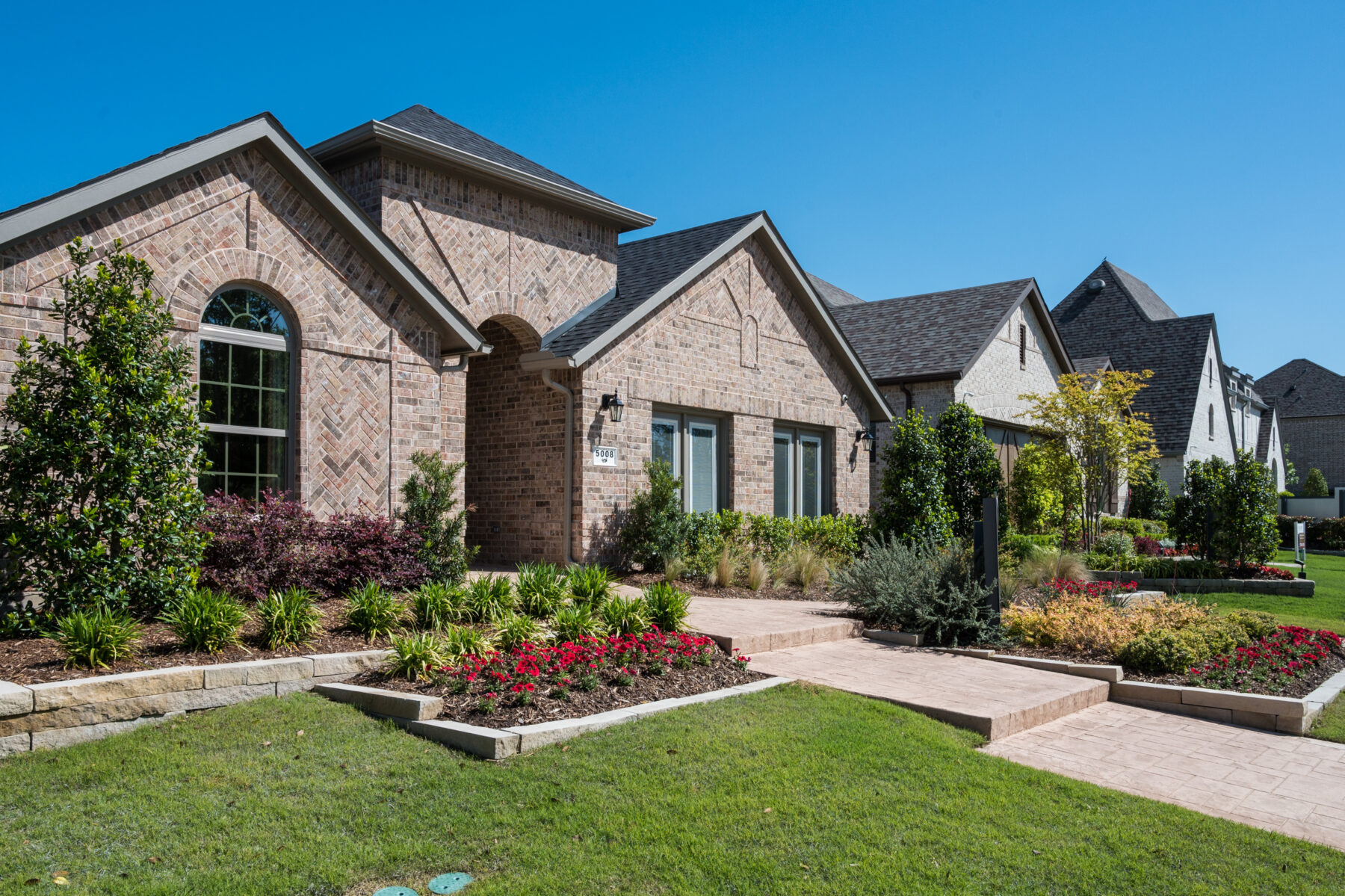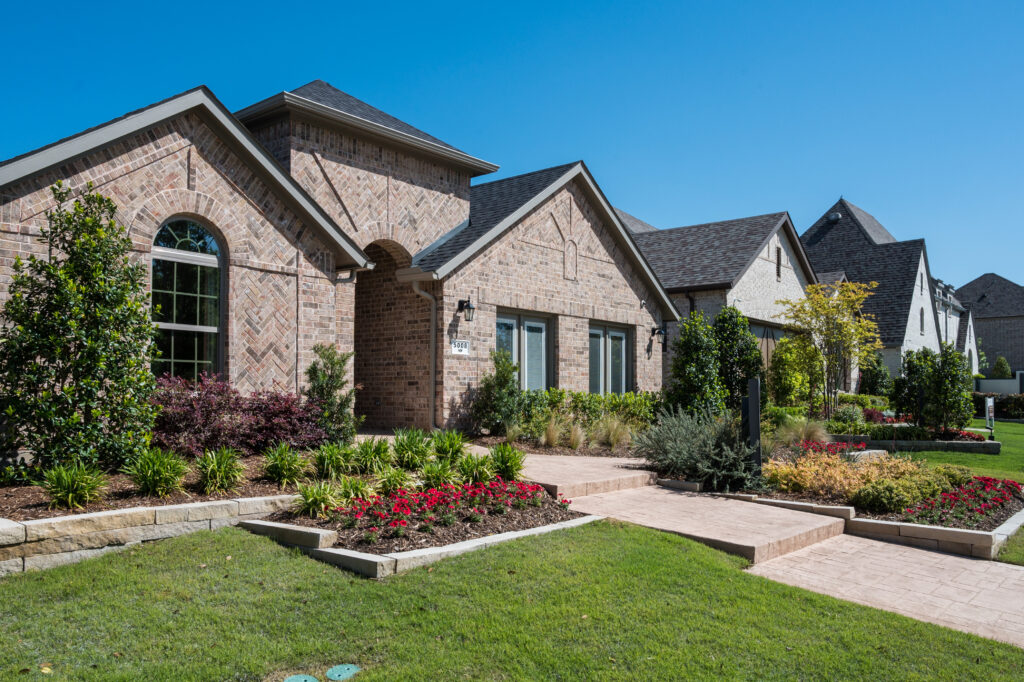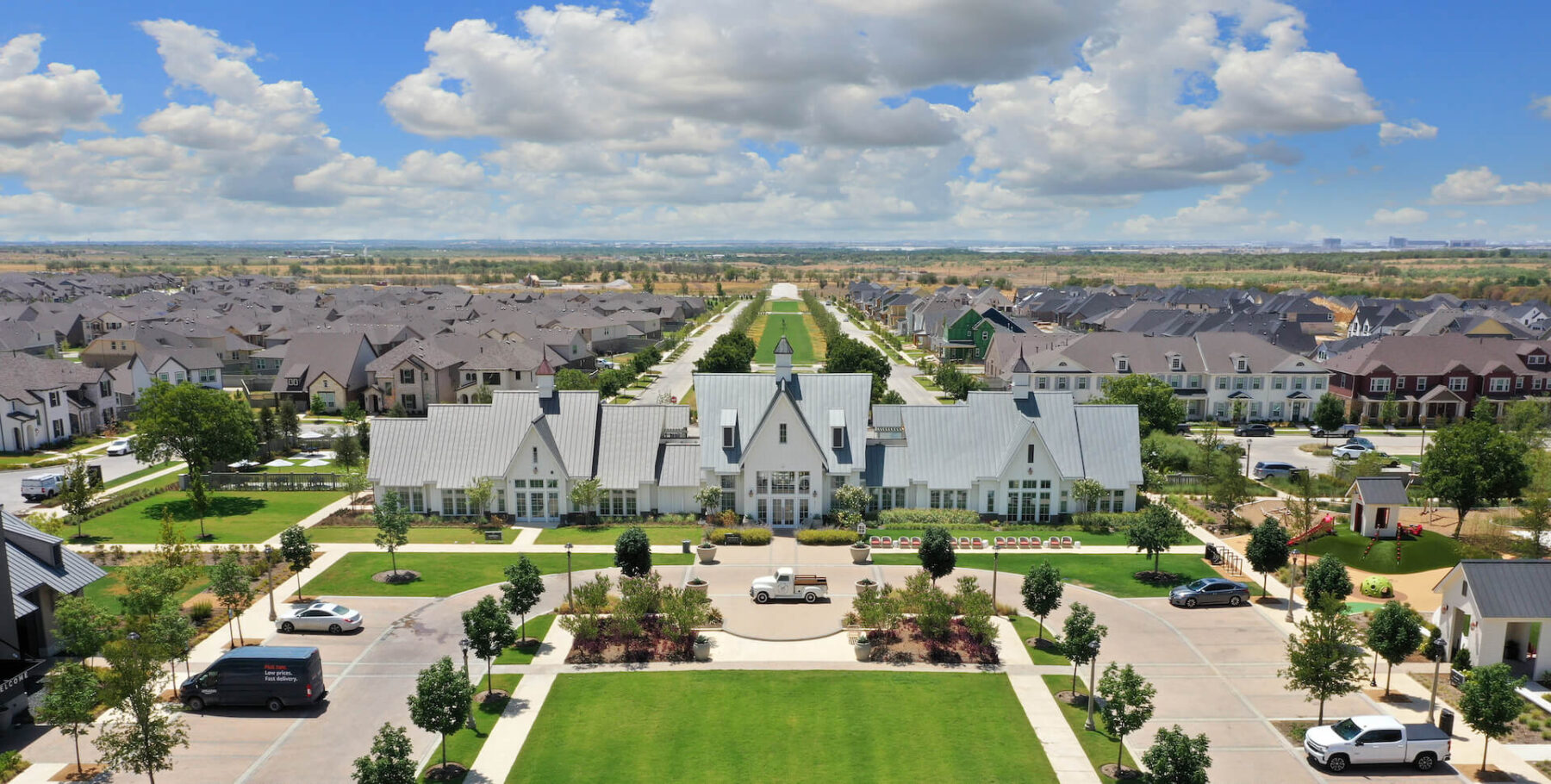

Blog
Many in today’s millennial generation feel they face almost insurmountable obstacles when it comes to buying a home. While this group does face some unique challenges, young homebuyers in the 1980s were faced with equally daunting roadblocks.
Despite these challenges – including historically high mortgage rates – baby boomers still bought houses. And like their predecessors, today’s consumers are finding creative ways to afford home ownership. Read on to learn how millennial homebuyers (and others) are overcoming obstacles and purchasing new homes despite the challenges they face.
The 1980s: A High-Interest, High-Inflation Era
The U.S. economy took a sharp downturn in the early 1980s, the worst seen since the Great Depression. Unemployment and inflation reached 11 percent. Companies that produced goods, though only 30 percent of employment, experienced 90 percent of job losses in 1982. Residential construction and auto manufacturers were also hard-hit, with 22 and 24 percent unemployment.
High Interest Rates
Prospective homebuyers in 1981 faced the highest interest rates in memory, peaking at 18.6 percent. These high rates stalled home sales as mortgage costs rose to unsustainable levels for most people. High rates also stalled homebuilding, reducing housing options.
Creative Financing
Yet people still bought homes. They looked for homes with assumable loans or “creative financing” options such as a contract for deed, wraparound mortgage, or lease with an option to buy. In 1981, these creative solutions comprised about 50% of home resales.
Belt Tightening
In addition, families bought smaller homes with lower price tags that were affordable even at high interest rates. They changed their lifestyles to accommodate higher mortgages by making sacrifices. For example, some families that previously could afford to have a parent stay home to care for the children forfeited this luxury when a second income allowed them to afford a home.
Millennial Homebuying: Unique Challenges in a Modern Market
When interest rates dipped to historic lows in 2021, people saw an opportunity and decided to buy homes. Some bought their first homes or upgraded to a better home. Many with the newfound ability to work remotely relocated to different cities. This spiked demand and home prices soared. Inflation became a concern and interest rates began to rise.
With rising mortgage rates and a highly competitive marketplace, home buying millennials, (born between 1981 and 1996) became discouraged. They made offers on one home after another, only to lose out to a higher bidder. Investors worsened the situation, bringing cash offers to buy fixer-uppers and small homes that otherwise would have been entry-level or move-up homes for millennial families.
The Mortgage Gap
Now, inventories of existing homes remain fairly low for a different reason. Many homeowners either purchased homes or refinanced their mortgages when rates were at historic lows a few years ago. Now that rates are more than double what they were in 2021, those who hold mortgages at the lowest rates are reluctant to move, even if they would like to.
Those who need a larger home will not only pay for more square footage, but will also pay more to borrow at the new higher rates. Those who want to downsize find that the payment on a smaller home, at today’s interest rates, will be more than their current payment on a much larger home. This “mortgage rate gap” is causing homeowners to stay put, whether they need a larger or smaller home. This continues to keep existing home inventories relatively low.
Millennial Challenges
Millennials today face some strikingly similar challenges to those faced by baby boomers in the high-interest-rate environment of the 1980s. Like boomers then, millennials now contend with elevated mortgage rates that significantly impact affordability.
Both generations have also experienced periods of rapidly rising home prices, making it difficult to save enough for a down payment. The combination of high interest rates and escalating home values creates a challenging environment for first-time homebuyers, regardless of the era. However, key differences exist. Today, millennials carry a heavier burden of student loan debt, which significantly hampers their ability to save for a down payment. Additionally, the disparity between income growth and housing cost increases is greater now than in the 1980’s meaning that, all things being equal, the affordability gap is wider for today’s millennial generation.
Strategies for Millennial Homebuyers: Finding Hope and Solutions
Like the Boomers in the 1980s, millennial homebuyers can find strategies to achieve the ultimate goal: owning a family home.
Financial Tips
Wanting a home and being financially ready for a home are two different things. If you want to purchase, take a good long look at your finances to determine your financial readiness.
- Evaluate your budget and decide what size mortgage you can comfortably afford.
- Apply for a mortgage and learn from any feedback you receive if not approved.
- Request your credit report and take steps to improve it.
Creative Options for the 2020s
While homebuyers in the 1980s had creative financing solutions, so do homebuyers today.
- Explore new build homes in a planned community from a builder that offers incentives. Home builders are motivated to sell their properties to free up cash in order to finance new projects. Builders with in-house mortgage divisions are able to offer special offers like reduced interest rate loans, cash towards closing costs, down payment assistance, or free design center upgrades. These options can significantly lower the price of home ownership.
- Investigate down payment assistance programs.
- Look into nonprofit programs such as the Neighborhood Assistance Corporation of America.
- Determine if you qualify for any special programs, such as FHA or veterans programs
- There are also riskier and less attractive options, such as seller financing, rent-to-own, borrowing from a retirement account, or balloon and piggyback loans.
Adjust Your Expectations
Homebuyers can take an example from homebuyers in the 1980s and adjust expectations. Here are a few examples:
- Choose a smaller home
- Look further outside metropolitan areas – beyond the suburbs – in the exurbs. New home communities in these areas typically offer larger homes with lower prices per square foot, meaning you get more home for your money in up-and-coming areas with new construction.
FAQs about Millennials Buying Homes
Are millennials finally buying homes?
Despite a challenging homebuying market, millennial homebuyers are finding creative ways to purchase homes, such as buying directly from a new construction builder offering incentives.
At what age are millennials buying homes?
The median age of first-time homebuyers is 35, solidly in the middle of the millennial generation.
Why is it so hard for millennials to buy a house?
Inflation that erodes savings, high student and consumer debt levels, and high interest rates present homeownership challenges.
What are the trends for millennial homeowners?
Todays trends for millennial homebuyers involve looking for creative solutions, carefully evaluating and managing finances, and adjusting expectations.
What percentage of homebuyers are millennials?
In 2024, millennials comprised the largest group of homebuyers, accounting for 38% of the market.
Homeownership Is Possible in Hillwood Communities
Today’s homebuying market may be an opportunity for millennials to learn from the past. Homebuyers in the 1980s overcame challenges to purchase homes in a complex financial environment. If they could find creative solutions, you can too.
Paying careful attention to financial planning, adapting expectations, and considering builder incentives at Hillwood’s new home communities are creative strategies for the 2020s that make the dream of home ownership possible. Take a look at our new homes communities in DFW, just north of Austin, or in the greater Houston area. Our new construction builders have homes available and many are offering incentives, so now is a great time to buy!

